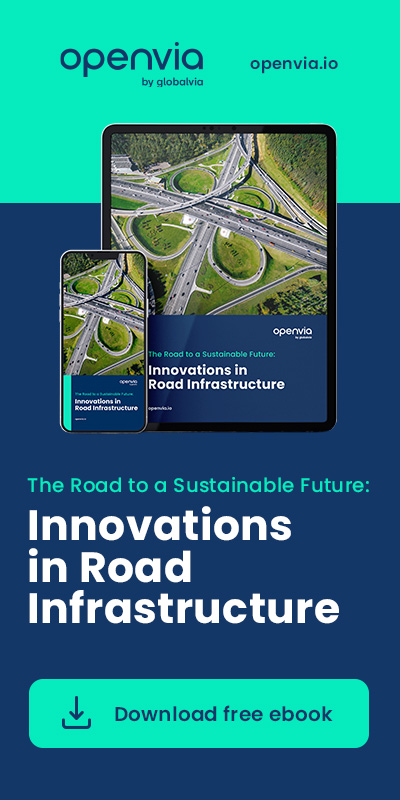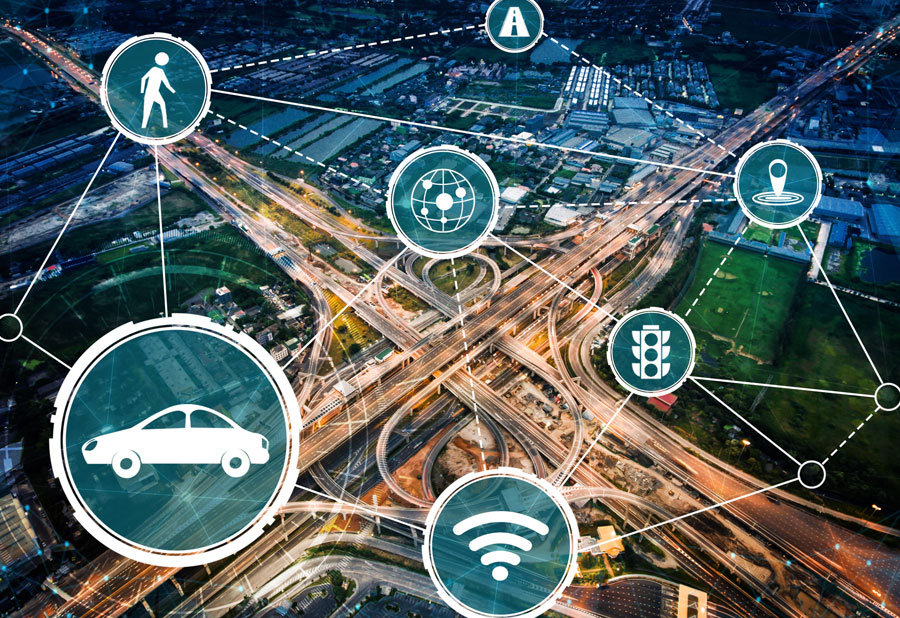Is it a dream or science fiction that vehicles not only travel on roads and streets, but also in the air? No, urban air mobility is a reality that is expected to be integrated into the mobility and intermodality of cities in the future. It is therefore necessary to talk about these eVTOL (electrical Vertical Take Off and Landing) aircraft, what they are, how they work and their uses.
These new vehicles have the advantage of being highly maneuverable, safe, silent and one hundred percent sustainable (they do not emit CO2). In addition, their high technology makes it possible to transport passengers with extremely high reliability and automation (piloted on board, remotely or even autonomous with autopilot). They are therefore safe transports in the field of passenger transport, which we will describe later. And they also reduce costs in logistics companies for freight forwarding and last mile.
Its practicality is a good reason to explain its uses, as well as its operation at a technological level. From Openvia, as experts in technological innovation in the mobility area, we have developed solutions such as the Bluenest by Globalvia vertiports, oriented to improve air mobility in cities with eVTOLs.
So we will now give all the keys to these aerial vehicles that will revolutionize transportation in the cities of the future.
What are eVTOLs
eVTOLs are the closest thing there is to the flying cars that we have seen so many times in science fiction in movies and television. They are also a kind of helicopter, but safer, more economical to operate, sustainable, and non-polluting.
Their control will be remote in a few years, evolving even to these aircraft flying autonomously supervised by an expert professional, using 5G connections for sending data and monitoring digital data in real time. And they will have built-in high-definition cameras for imaging and other navigation systems (e.g. GPS) to know where they are at all times.
Do you want to know more about Mobility and Sustainability?
Potential uses and applications of eVTOL vehicles
Having a clear definition of what an eVTOL is, what could be its most important uses and applications in city transportation and urban area mobility (UAM)?
Transportation of people
The first application we list is passenger transportation. In this sense, with the passage of time and with more perfected technology, they could be a means of transportation such as flying cabs or air ambulances. What already exists today with autonomous cars, we will be able to see them taking to the skies in 3D.
At this point we must also consider situations such as the transport of injured people at times when it is impossible to do so by road: when natural disasters occur and roads are damaged or when there are injured or sick people in mountain villages or isolated localities where an ambulance cannot arrive in a short time.
Shipment of goods
Second, eVTOLs may also be used in the delivery of goods by companies. Just as drones exist for product shipments, electric vertical take-off and landing vehicles have a commercial application that allows for the reduction of business costs and the reduction or even elimination of their carbon footprint.
The shipment of goods with these electric aircraft will be useful in areas that cannot be reached by conventional means of transport or where it is economically uneconomical for people to travel.

Emergency situations
Thirdly, eVTOLs could be a very valuable tool both in the delivery of products of all kinds (food, clothing, etc.) and in the rescue of people in emergency situations. We are talking not only about natural disasters such as earthquakes or floods, but also about rescues in mountainous areas that are difficult for rescue teams to reach.
Currently, in addition, there have already been test flights of this type of unmanned aircraft by the National Police, such as the one in December 2022 at the National Police School in Avila. In fact, this institution has been the first in the security sector in the European Union to operate an eVTOL remotely.
In order to be able to use these unmanned aircraft in rescue and rescue operations of people or animals, it is also clear that they must have the necessary rescue equipment and be able to be managed remotely to ensure the safety of injured people or to avoid risking lives in case of NBC emergencies. This entails more risk than their use for the shipment of products, clothing or food.
Advantages of eVTOL aircraft
As for the advantages of eVTOL aircraft, these are the most important ones applied, precisely, to the uses we have just mentioned.
Cost reduction
The more widespread their use in different areas, the more economy of scale will favor a reduction in transportation costs for passengers and companies. And if we focus on government institutions or security forces, these unmanned aircraft are cheaper than high-end helicopters with similar features, so in places where the presence of rescue teams is not necessary, it will allow lower costs for these tasks.
Pollution reduction
eVTOLs are sustainable aerial transports that, unlike airplanes or helicopters, do not emit greenhouse gases into the atmosphere and have much lower noise pollution. Therefore, in addition to being cheaper, they are less polluting and promote sustainable urban mobility.
Decongestion of urban traffic
And a further advantage is the possibility of decongesting traffic by evaluating several of the specific applications that have been seen: the transport of goods and the transport of people in flying cabs. This will require legislation on safety and traffic management by the public administrations of the States.
Access to isolated areas
As mentioned above, another advantage has to do with access to remote, isolated or contaminated areas that cannot be reached by other means of transport: areas shaken by earthquakes, floods, other natural phenomena or nuclear, bacteriological or chemical (NBC) disasters.
In addition to being able to reach isolated mountain villages when heavy snowfalls occur or to perform rescue operations in mountainous areas. In other words, they reduce the risk of accidents or deaths of human teams.

The future of unmanned aircraft
The use of the most advanced technology not only allows us to have the latest generation of cell phones and smartphones; or advanced medical equipment for the treatment of diseases. It will also revolutionize air mobility in the aspects listed here.
The future of unmanned aircraft thanks to the development of eVTOL vehicles will be fundamental in many aspects. And to achieve this, we must move forward with an economic investment that allows us to take advantage of all the benefits offered by the technology. That is what we defend in Openvia, a technology startup specialized in mobility and infrastructures.
We are committed to technological solutions such as those offered by our subsidiary Bluenest by Globalvia and to the participation of all the stakeholders involved with the aim of making the transportation systems of the future safer, more efficient and sustainable through technology.







